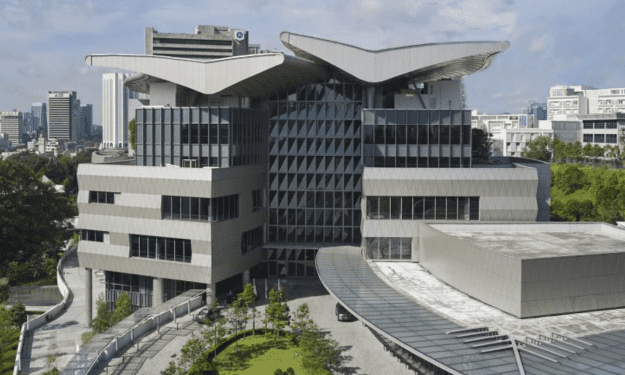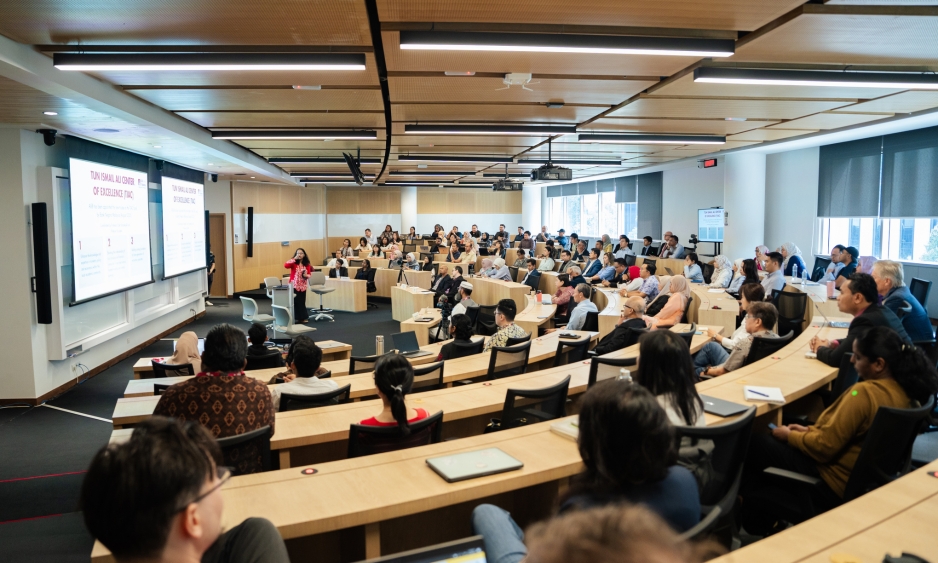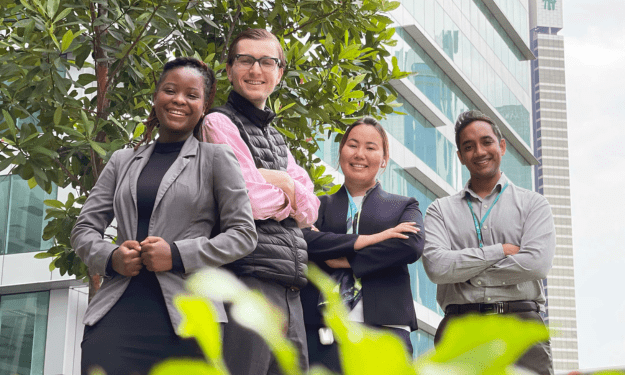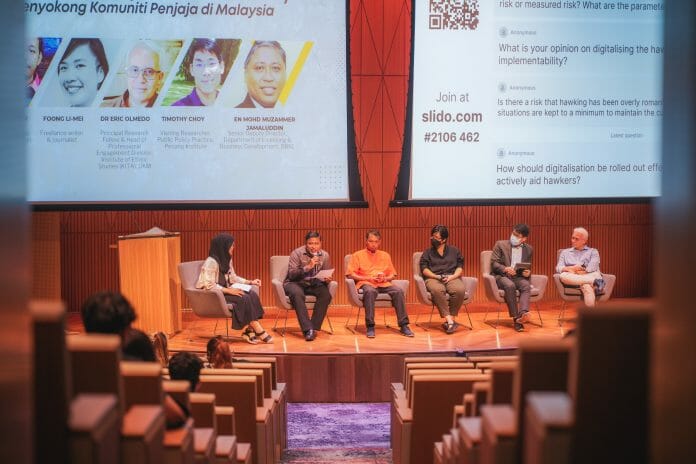The Maybank ASEAN Research Center (ARC) at Asia School of Business (ASB) released its flagship research study findings with an in-depth look and analysis of ”hawker culture” in Malaysia – using machine learning (ML), artificial intelligence (AI), surveys, and interviews. The study generated a dataset spanning almost a decade of locations of hawkers in Malaysia and explored the understanding of the basics surrounding their businesses and how they access to credit.
The study also revealed the impact of COVID-19 on their operations and their livelihoods. Based on research conducted in 2021, during the peak of COVID-19 and Malaysia’s Movement Control Order (MCO), the research identified the hawkers’ demographic, and how the pandemic impacted their lives, as well as their norms and values.
In a launch event at the Asia School of Business campus, researchers of the ASEAN Research Center shared their insights and findings with an audience of industry experts, academics, policy-makers and the public, highlighting the cultural importance of hawkers in Malaysia.
“I would like to thank the ASEAN Research Center for spearheading these kinds of research initiatives, which I think are very interesting and unique, especially in the Malaysian context,” said Dr. Ong Kian Ming, former Bangi parliament member, who opened the research launch event with a keynote speech. “I’m quite encouraged to see how it has grown over the past 10 years with different organizations coming in to fill up certain gaps in the Malaysian research space.”
Headed by Dr. Melati Nungsari, Assistant Professor of Economics at Asia School of Business, and Faculty Director of the Maybank ASEAN Research Center, the ARC aims to be the center of intellectual activity in Southeast Asia by conducting impactful research on topics surrounding emerging markets in the ASEAN region.
The launch event shared three new research findings by research associates Shenyi Chua, Kar Yern Chin and Fatin Nadhirah Jamalolail, including “Hawker Livelihood During the Pandemic”, “Mapping Hawkers in Malaysia Using Machine Learning (ML)” and “Collective Agency of Hawkers and Roles of Hawker Organisations,” respectively.
In her research, “Hawker Livelihood During the Pandemic,” Shenyi Chua coupled quantitative and qualitative analysis to explore street hawking as a business in the Klang Valley, as well as the business owner’s perception of credit, and their overall experience in terms of business operations, livelihood and well-being during the pandemic.
Amongst her findings, Chua found that many hawkers received limited support externally and were mostly self-reliant in order to stay afloat during the pandemic, even though they were unable to operate per usual. She also concluded that a majority of them reported a loss of profit, with 40% having to temporarily close their businesses due to regulations put in place during the first MCO lockdown in March 2020.
Additionally, while many hawkers are able to cover their costs with sales, 30% struggle to make ends meet. In his research, “Mapping Hawkers in Malaysia Using Machine Learning (ML),” Kar Yern Chin conducted an exercise of mapping hawker distribution across Malaysia using Machine Learning (ML), computer vision tools, and street image data.
The research center’s first foray into supplementing research with ML, this study sought to calculate the number of hawkers there are in the Malaysian peninsula – and if entire hawker communities can be mapped out. This study also found that due to low barriers of entry, and since hawking was considered by many to be an alternative to formal employment, the number of hawkers detected on the road increased by more than 200% during the pandemic.
In her research, “Collective Agency of Hawkers and Roles of Hawker Organisations,” Fatin Nadhirah Jamalolail used qualitative data from interviews to study the collective agency of hawkers and the roles of hawker organizations, noting that these organizations could benefit from decentralization as it can be utilized in terms of privatization and delegation of certain roles and responsibilities to better represent street hawkers, consequently improving their well-being.
The research launch event closed with a panel discussion moderated by Fatin Nadhirah Jamalolail with special guests, including Tuan Kamarul Nizam, President, Persatuan Peniaga Pasar Malam Bumiputera Shah Alam dan Klang; En Mohd Muzammer Jamaluddin, Senior Deputy Director, Department of Licensing and Business Development, DBKL; Foong Li-Mei, Journalist; Timothy Choy, Visiting Researcher in Public Policy Practice, Penang Institute; and Dr Eric Olmedo, Head of Professional Engagement Division, Institute of Ethnic Studies (KITA), UKM.
The panel discussion provided commentary on the flagship research while exploring how the Malaysian hawker community can be supported and noting the value of nostalgia in regard to street culture. “That’s why we keep going back to the hawker stalls even after more official spaces have been provided,” said Foong Li-Mei, freelance writer and journalist, with regard to how hawkers play into the social fabric of Malaysian society.





